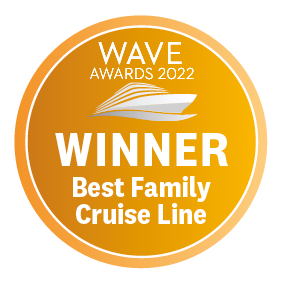7 Night Southern Caribbean Cruise

From memory-making in the Mediterranean to coasting through the Caribbean – your bucket list is about to get a lot shorter.
Leaving from:
Colón
Cruise ship:
Rhapsody of the Seas
Visiting:
Colón •
Cartagena •
Oranjestad •
Kralendijk •
From
Price shown provided by:
Royal Caribbean International
North American cruise line Royal Caribbean International has an impressive history and global reputation.
The cruise line is famed for its fleet of mega-ships, which consist of Utopia of the Seas, Wonder of the Seas, Harmony of the Seas and more.
Each ship is full to the brim of thrills and entertainment, with the cruise line continuing to innovate.
2416
Passengers
765
Crew
1997
Launched
2016
Last refit
78491t
Tonnage
280m
Length
32m
Width
22kts
Speed
11
Decks
USD
Currency
Cruise Itinerary
Day 1
Colón, Panama
Day 2
Cartagena, Colombia
Day 4
Oranjestad, Aruba
Day 5
Kralendijk, Bonaire
Day 6
Willemstad, Curaçao
Day 8
Colón, Panama
Ship Details

Royal Caribbean International
Rhapsody of the Seas
From memory-making in the Mediterranean to coasting through the Caribbean – your bucket list is about to get a lot shorter.

Cabins
All Prices




